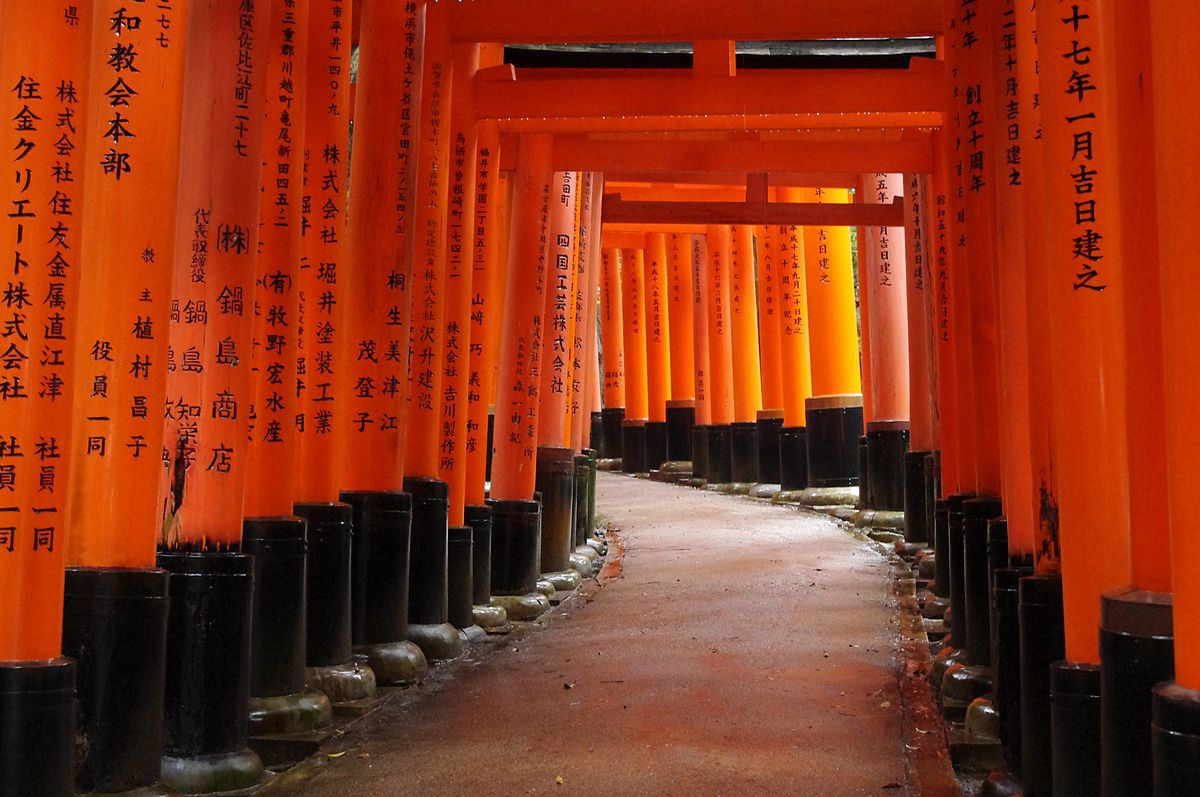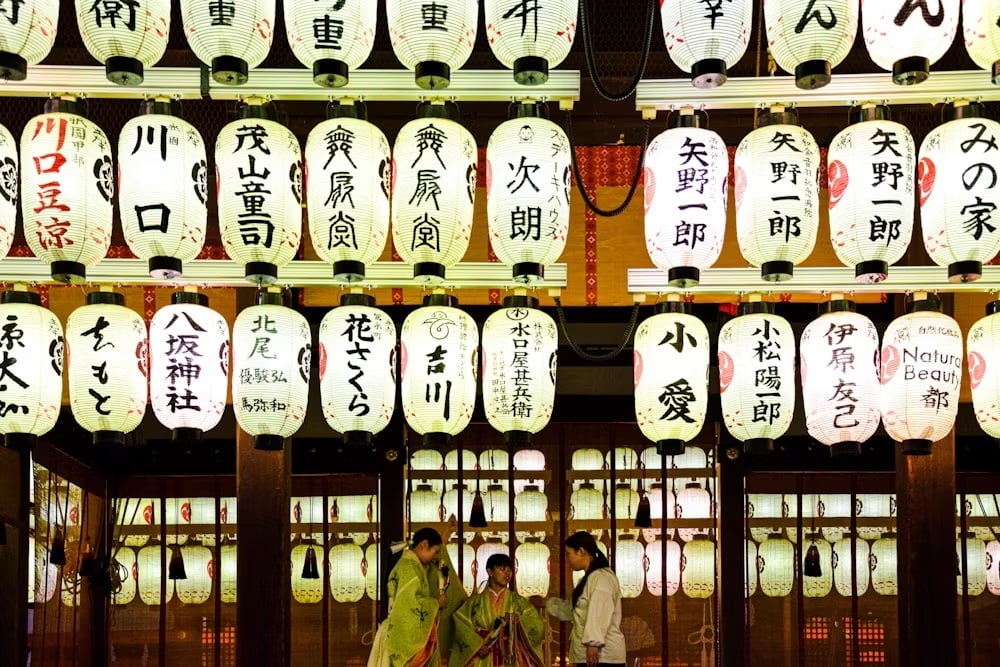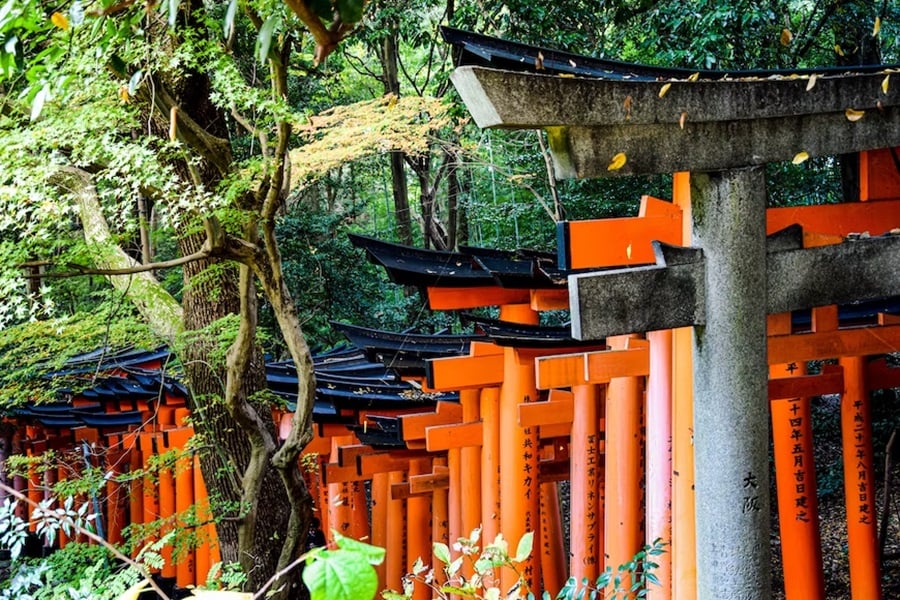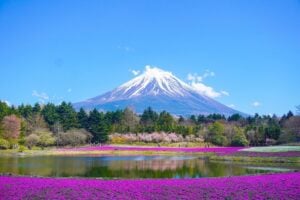
One evening, while my boyfriend and I were getting ready to cook, we discovered some old rice in the rice cooker that had become too tough to eat. With a hint of regret, my boyfriend tossed the rice into the trash, muttering a sincere-sounding “sorry” to the discarded grains.
Curious, I asked him why he apologized to the rice, and he replied with a half-smile, “Because rice is kami-sama.”
Although he said it light-heartedly, there’s more to this story than just a cute anecdote. When we delve into the translation of his words, the most common interpretation would be “Because rice is god,” but that’s not quite accurate. My boyfriend isn’t a religious person who worships rice as if it was a god.
He went on to clarify, “Rice gives your body energy and power. Without rice, you’d go hungry and starve. So, you should always respect rice.”
This explanation provides a solid foundation for understanding what kami truly means, going beyond the usual translations. In Shintoism, kami carries a more nuanced meaning than the deity concept familiar in the West.
This brings us to a compelling question: What exactly is kami, and why would rice be considered kami?

What is Shintoism?
While I won’t go into too much depth about what Shinto is here, to understand kami, you have to understand the religion it comes from. For more information about Shintoism and its history, feel free to reference my past article, “What is Shinto and where does it come from?”
To understand Shintoism, you need to break down the different religions in Japan. The Japanese term for religion, “shukyo” (宗教), comprises “宗” (sect) and “教” (teaching). Contrary to religions with explicit teachings (like Buddhism or Christianity), Shinto (神道) combines “神” (kami) and “道” (path or “way of”). This means it translates more as “The Way of the Spirit” or “The Way of the Kami” than as a religion.
Unlike religions with doctrines and literature like Buddhism, Shinto embodies thoughts and attitudes inherited from ancient traditions and stories passed down over time. It encompasses mindsets and views rooted in historical legends and mythology (hence why even non-religious Japanese people will carry elements of Shintoism in their worldview).
So, at its core, Shintoism is a system of respect for the kami. This reverence for nature traces its roots to blending Jomon period (14,000-300 BCE) beliefs with agrarian practices during the Yayoi Period (5th-3rd century BCE to 3rd century CE). The subsequent periods of unification, Yayoi, Kofun (300 to 538 CE), and Asuka (538 to 710 CE), marked the consolidation of Japanese beliefs.

However, where the deified kami comes into play comes from when the influential families from the Korean peninsula unified the country under the name Yamato, later changed to Nippon/Nihon. At this time, Shinto belief was implemented with the story that the emperor descended from the sun kami in the early 8th century. Ancient Japanese classics like the Kojiki, Nihon Shoki, and Fudoki were produced from these families. Notably, these brought on a pantheon and hierarchy of deities that varied between these texts, suggesting the construction of Japanese mythologies from diverse stories without strict continuity.
Introducing Buddhist sutras to Japan in 538 through the Korean peninsula marked the beginning of a transformative cultural exchange. Subsequent arrivals of Buddhist monks and various images of Buddhas and bodhisattvas from China led to a significant shift in Japanese religious beliefs. The fusion of Buddhism and Shinto played a crucial role in reshaping the understanding of kami.
One significant aspect unfamiliar to those from Abrahamic religious backgrounds is the absence of a clear separation in religious practices throughout much of Eastern history. Practitioners and philosophers of one tradition, like Daoism or Buddhism, often delved into the practices and philosophies of other traditions, such as Shintoism. This resulted in a more fluid interchange between traditions, blurring the lines and creating less distinct boundaries, especially in the everyday lives of commoners.
During this fusion, the concept emerged that Buddhism could save stray or lost kami. Additionally, the idea that kami existed to protect Buddhist dharma gained prominence. The 9th-century development of honji-suijaku, positing that Buddhas appeared as kami to save people, exemplified the systematic integration of traditional kami hierarchy with Buddhist principles.
Originally used in the Tendai sect, the honji-suijaku concept faced opposition in the 14th century. Shinto scholars asserted that Buddhas were manifestations of Shinto reality. Despite ideological shifts, the amalgamation of kami and Buddha persisted in daily life, with common phrases expressing reverence for shin-butsu (神仏習合), the union of kami and Buddha.
However, in the 1800s, the Meiji government’s policy of separating Shinto and Buddhism in the modern age marked a new formal distinction between Shinto shrines and Buddhist temples. However, folk belief continued intertwining kami and Buddha, illustrating a persistent constructive interaction despite institutional separation. The Japanese maintained a dual categorization of religious beliefs—shinji for matters concerning kami and butsuji for matters concerning Buddhism—reflecting an enduring separation based on their roles.
The introduction of Christianity in the 16th century, albeit temporary, left a lasting impact. The concept of a monotheistic God influenced the idea of kami, which persisted even after the Tokugawa government banned Christianity in 1639. The 19th-century resurgence of Christian missionary work contributed to Westernization and influenced the evolving understanding of kami, creating a nuanced perspective in the Japanese consciousness.

What is a kami?
In Japanese Shintoism, the term “kami” (神) signifies a spiritual aspect of life, including ghosts, deities, and more. However, this idea is linked to natural elements, objects, animals, ancestors, and human qualities. While “spirit” or “god(s)” tends to be the common translations, these terms fall short of capturing the nuanced and diverse nature of kami in Shintoism.
The essence of kami is intricately tied to the cyclical nature of life and death, echoing the regularity of the four seasons. This circular worldview, common in Eastern religions, contrasts with the linear progression found in Abrahamic religions.
Time is perceived as a flow of repeating patterns, dividing the world into the living and physical “this world” and the spiritual “that world” where kamis reside. Death transitions one’s kami to “that world,” and through rebirth, it returns to “this world,” creating an ongoing cycle mirroring the natural seasons.
Therefore, the natural world, the sun, mountains, wind, rain, rocks, and trees, become the dwellings of kamis, emphasizing the intrinsic connection between the natural and human worlds. Kami can be viewed both as one’s deceased relatives as well as natural phenomena, and their benevolence is earned through respect. Disregarding nature can lead to calamities, emphasizing the importance of maintaining balance.
Japanese shrines serve as gateways between these worlds, traditionally located at the foothills between the cities and towns where humans live and the mountains where kamis reside. While some kami were enshrined in Jinja (神社) or Shinto shrines, the relationship between kami and these shrines was often unclear in ancient times. Unlike Buddhism, kami were not worshiped as concrete images but were believed to work through yorishiro (依り代), mediums or symbols such as stones, trees, animals, and mirrors. Notably, mountains, like Mt. Miwa, were considered sacred places and the bodies of kami.

Animism vs. Shintoism
Shintoism and belief in kami are often referred to as “Japanese animism.”
Animism, derived from the Latin term ‘anima’ meaning breath, spirit, or life, is the idea that objects, places, and creatures possess a distinct spiritual essence. Indigenous peoples often adhere to animistic beliefs, which stand in contrast to more recent organized religions. This metaphysical concept centers on the immaterial soul.
Shinto’s kami and traditional animism share both commonalities and distinctions.
In both animism and Shinto, the sacredness within natural elements is recognized. Spirits or supernatural forces are acknowledged to inhabit various aspects of the natural world, fostering vitality and interconnectedness. Both belief systems emphasize the immanence of the sacred within the material world, establishing a profound connection between the spiritual and physical realms. Furthermore, they highlight the interconnectedness of all things, underscoring a shared spiritual essence among living entities and inanimate objects.

However, distinctions emerge when considering the multiplicity of kami in Shinto. Shinto’s concept of kami involves countless entities associated with specific elements or phenomena. This contrasts with animistic traditions that may feature a more decentralized belief system with individual spirits linked to specific entities in nature.
Scholars often turn to animism as a framework to analyze the nature of kami in ancient times, considering it a general belief in spiritual beings, as defined by E.B. Tylor. However, this approach has its limitations. While animism captures the essence of a broad belief in spiritual entities, the evolving concepts of kami in Shinto exhibit a more systematic and complex nature throughout history.
Therefore, relying solely on animism proves insufficient for comprehensively understanding the diverse and nuanced characteristics attributed to kami in Shinto.
Links:
Perspectives toward Understanding the Concept of Kami by Inoue Nobutaka
https://www2.kokugakuin.ac.jp/ijcc/wp/cpjr/kami/intro.html
Amenominakanushi no Kami in Late Tokugawa Period Kokugaku SASAKI Kiyoshi
https://www2.kokugakuin.ac.jp/ijcc/wp/cpjr/kami/sasaki.html
Folk Beliefs in Modern Japan
Contemporary Papers on Japanese Religion
What is Shinto and where does it come from?
https://jobsinjapan.com/living-in-japan-guide/what-is-shinto-and-where-does-it-come-from/













